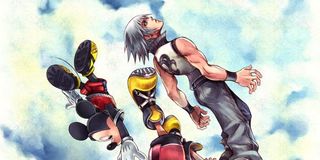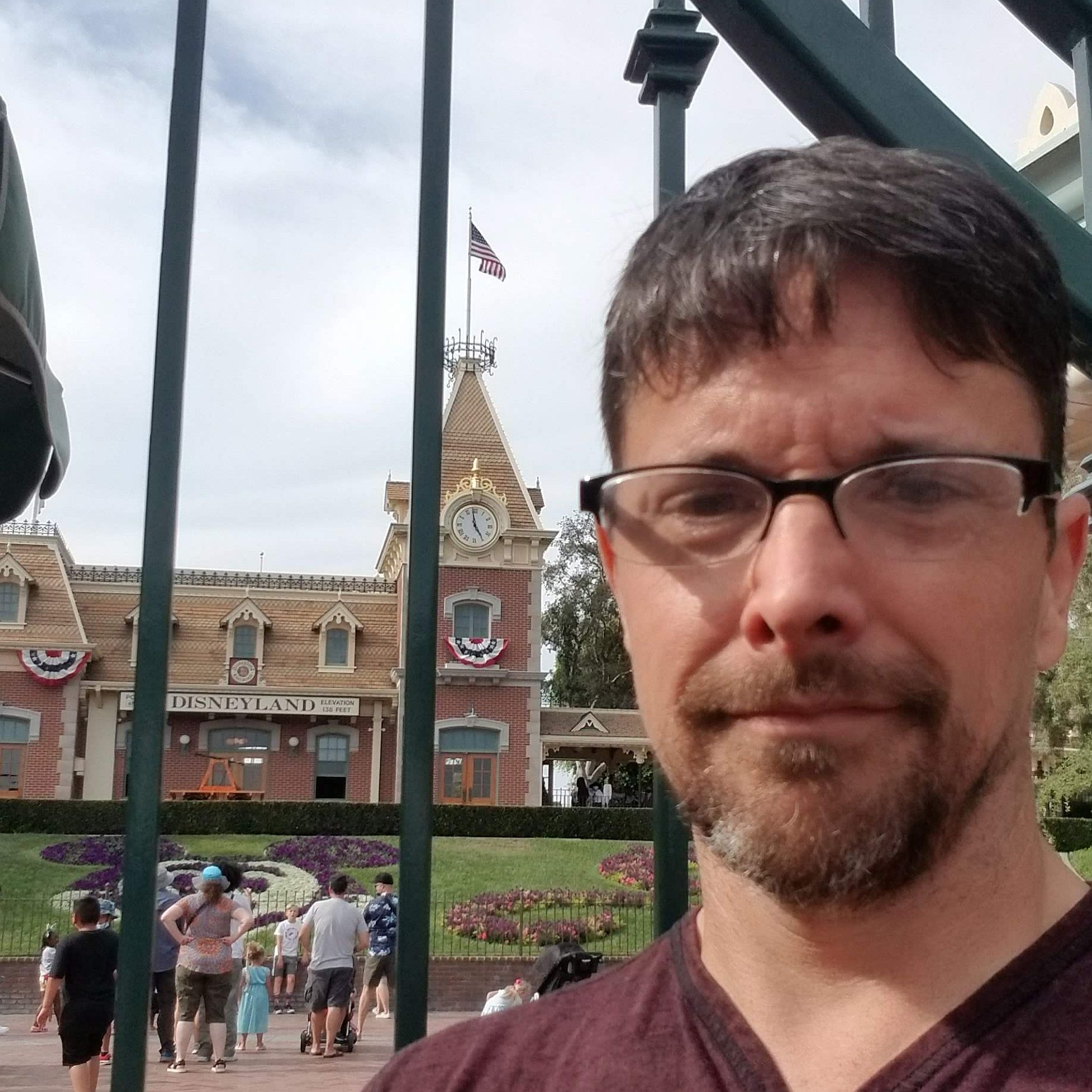Kingdom Hearts History: A Look Back At Kingdom Hearts: Coded And Dream Drop Distance

This is the final in a series of features looking back at the various installments in the Kingdom Hearts franchise in anticipation of Kingdom Hearts III.
There have been several games that were released following Kingdom Hearts II, but two of them also actually take place after that title in the overall chronology of the series. The first of these, which technically takes place after the conclusion of Kingdom Hearts II gameplay, but prior to the actual ending of the game, was called Kingdom Hearts: Coded.
Coded is a unique game in that its initial version was only ever available in Japan, and it was actually a title for mobile phones. It's a game that reminds me the most of Kingdom Hearts: Chain of Memories for two reasons, the story is most closely associated with that game, and it also tries to combine different gameplay types together into a cohesive whole, that also only has limited success.
Following Kingdom Hearts: Chain of Memories, when Sora and company were having their memories put back together, and the events of Chain wiped from their heads, Jiminy Cricket's journal of the first game was also erased. Donald, Goofy, Mickey and Jiminy are trying recover the data, the physical journal apparently acts more like a piece of computer software, and like a computer, the journal apparently has bugs in it. The Disney team then creates a digital Sora out of the journal's data to fight the bugs and fix the journal.
Where Chain of Memories tried to combine hack-and-slash RPG with a card battle game, Coded combines the RPG gameplay with other elements. Each Disney world plays differently and you get puzzle solving, turn based RPG combat, and RTS battles mixed in.
Unfortunately, because the game takes place inside the Journal of the first Kingdom Hearts, then, also like Chain of Memories, we're playing through a lot of Disney worlds we've seen before.
In the end, however, Coded actually does have some important tie-ins to the rest of the game series. The final episode of the game (it was released episodically in Japan) sees Digital Sora go back to Castle Oblivion and speak with a digital Namine. We learn that of three people whose hearts are closely tied to Sora (the three heroes of Birth by Sleep) and the events that took place in Chain of Memories get remembered. In the final moments of the game we see King Mickey writing a letter to the real Sora about what he has learned, and it's this letter that Sora, Kairi, and Riku are reading at the end of Kingdom Hearts II.
CINEMABLEND NEWSLETTER
Your Daily Blend of Entertainment News
Coded, then leads directly into the next title Kingdom Hearts: Dream Drop Distance. Based on the knowledge that Sora could be the key to rescuing the characters from Birth by Sleep, and the belief that Xehanort has not been truly defeated, Yen Sid decides it is time for Sora and Riku to earn their Keyblade Mark of Mastery, the same honor Terra and Aqua were attempting to earn in Birth by Sleep.
They are sent to awaken seven "Sleeping Keyholes," worlds that have been rescued from Darkness, but have not yet awoken.
Unfortunately, the pair gets separated and end up in paralleled versions of the seven worlds. You play as each, swapping frequently between the two.
Gameplay is similar to Birth By Sleep as everything is based around the Command Deck. You can equip a limited number of spells, items, and special attack to a rotating wheel. Each has a cool down before you can use it again, so combining these with normal attacks is the way to defeat your enemies. You also have some strange allies, as, rather than fighting alongside Disney characters, your support is made up of dream creatures that are essentially Pokemon.
One of the highlights of Dream Drop Distance, a game with a ridiculous name, but it was on the 3DS, is that it actually includes some new Disney stories to delve into. You get to visit the characters of the largely underappreciated Hunchback of Notre Dame, The Three Musketeers, and even a world based on Fantasia.
Even the worlds that we've seen before don't feel like retreads. Sora's portion of the Pinocchio themed world isn't inside Monstro the whale. Also, the version of Tron's Grid that you visit is based on the movie sequel, Tron: Legacy, rather than the original film from the 1980s.
A few villains we thought were dead reappear, specifically Xehanort's Heartless and his Nobody. It seems that thanks to a handy bit of time travel, Xehanort is looking to consolidate his power by building a new Organization XIII using various aspects of himself. To combat them, the forces of light will need more help, which means rescuing the Birth by Sleep heroes, and also training Kairi to use a Keyblade.
It's here, more or less, that Kingdom Hearts III will take place.
The only other Kingdom Hearts game that's been made is Kingdom Hearts X, a mobile game that tells the story of the days leading up to the Keyblade War. While the game itself would seem to only set the stage for the rest of the titles to come. It, and the Back Page movie released in the 2.8 Prologue, do leave some dangling threads that have yet to be resolved. Namely, what happened to the Master of Masters, the man who created the first Keyblade and really set this all in motion? Where did his apprentice Luxu go, and what was in the box his master gave him?
I would also expect to see the return of the X-Blade. Kingdom Hearts X tells us it shattered into 20 pieces, seven of pure light, and 13 of darkness. Organization XIII will make up the 13 pieces of darkness. Our seven Keyblade wielders will be the pieces of light.
It seems likely that all these questions will be answered one way or another when Kingdom Hearts III arrives. It's been an interesting, occasionally convoluted, ride. The fact that so many still care about how this story will ends shows just how much people love this wild game series that turned Disney characters into RPG heroes. Everybody loves Mickey Mouse. Some people prefer him with a sword shaped like a key in his hand.

CinemaBlend’s resident theme park junkie and amateur Disney historian, Dirk began writing for CinemaBlend as a freelancer in 2015 before joining the site full-time in 2018. He has previously held positions as a Staff Writer and Games Editor, but has more recently transformed his true passion into his job as the head of the site's Theme Park section. He has previously done freelance work for various gaming and technology sites. Prior to starting his second career as a writer he worked for 12 years in sales for various companies within the consumer electronics industry. He has a degree in political science from the University of California, Davis. Is an armchair Imagineer, Epcot Stan, Future Club 33 Member.

How To Watch UK TV Online Including BBC iPlayer, ITVX, Channel 4, And More While Overseas

WrestleMania 40 And Dynasty Showed How WWE And AEW Should Try To Succeed In Different Ways

After Tracker Became A Huge Hit, Is CBS Using Justin Hartley’s Show To Try And Save A Different Series From Cancellation?
Most Popular



